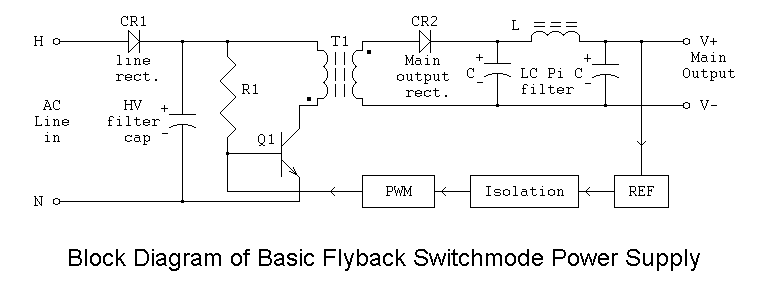This is in California, in the US, if it makes any difference. I’m interested in both what the NEC says and what the laws of physics say; the former is locale specific, the latter not.
We recently had an electrician give us a quote on a sub-panel ($3200…eek! and that’s after we offered to do the trenching and non-electrical prep). He observed in passing that he would like to re-arrange our existing main breaker panel so the “larger” circuits, meaning higher voltage, are at the top, working down to the lower ones at the bottom. He said otherwise there could be problems with “lights dimming”, which we’ve never experienced in the 5 years we’ve had the main panel. I wired the main panel myself and I did it to above our local Code - the city inspector loved it.
This got my BS detector going. Why would the order of components in a circuit affect the current available to each? My understanding is that a circuit is taken “holistically”, and that one shouldn’t view it that the current flows to each component in turn, and those “downstream” get less if there are some heavy eaters upstream. On reflection this is even sillier in the face of AC, which changes “direction” 60 times per second. Surely the potential drop across a given component is calculated as I x R, independent of what is before or after that component in the circuit? Or is there a concept of order of components?
I then got to thinking about Ohm’s law - V=IR, where there is no “time” variable and no variable to account for the order of components. It’s simple - just voltage, current and resistance. I believe in the case of AC, if I remember school physics classes from aeons ago, that V is the RMS voltage, but I don’t think that changes the conclusion - or does it? Perhaps because RMS is an “over time” averaging, it causes the order of components to start mattering?
I googled this quite a bit and the only relevant hit I found was this, which says:
Unfortunately it doesn’t say why. Is this just one of those conventions electricians use, for consistency and to have one less thing to think about? For example, some electricians like to have a convention that says incoming power should come in at the top left of a receptacle and the downstream feed goes out the bottom right. No electrical reason for this, but it does help us as humans.
I know that a best practice is to try to balance loads on each arm/phase of the feed, so that they cancel out in neutral allowing you to load the panel more efficiently, but I don’t think that’s what he was talking about.
